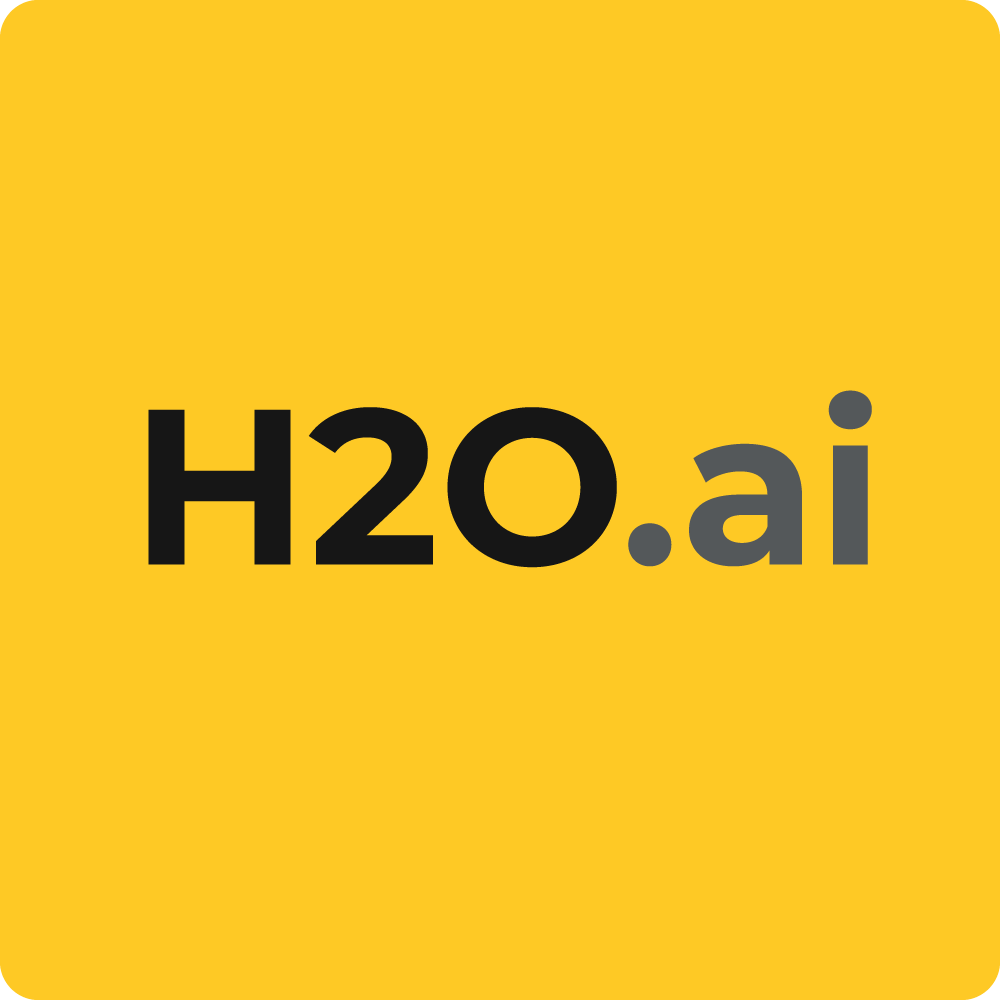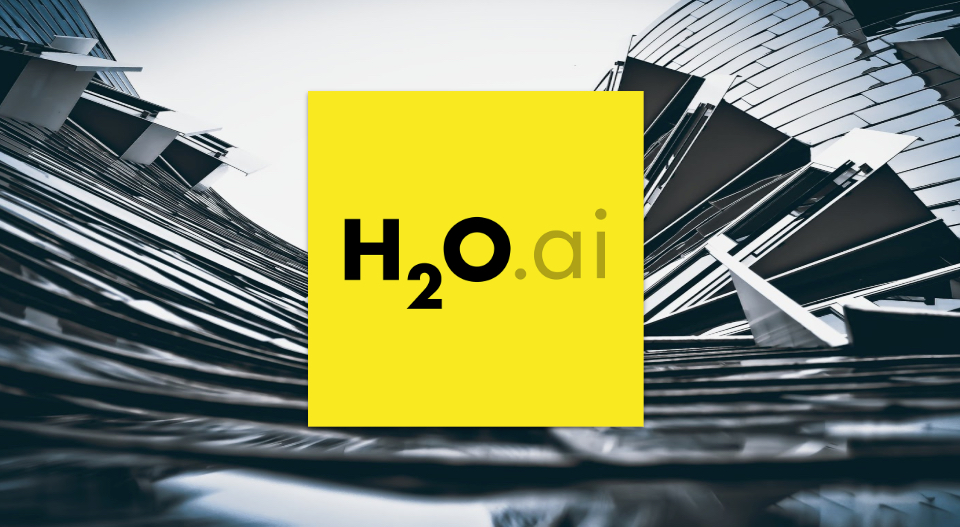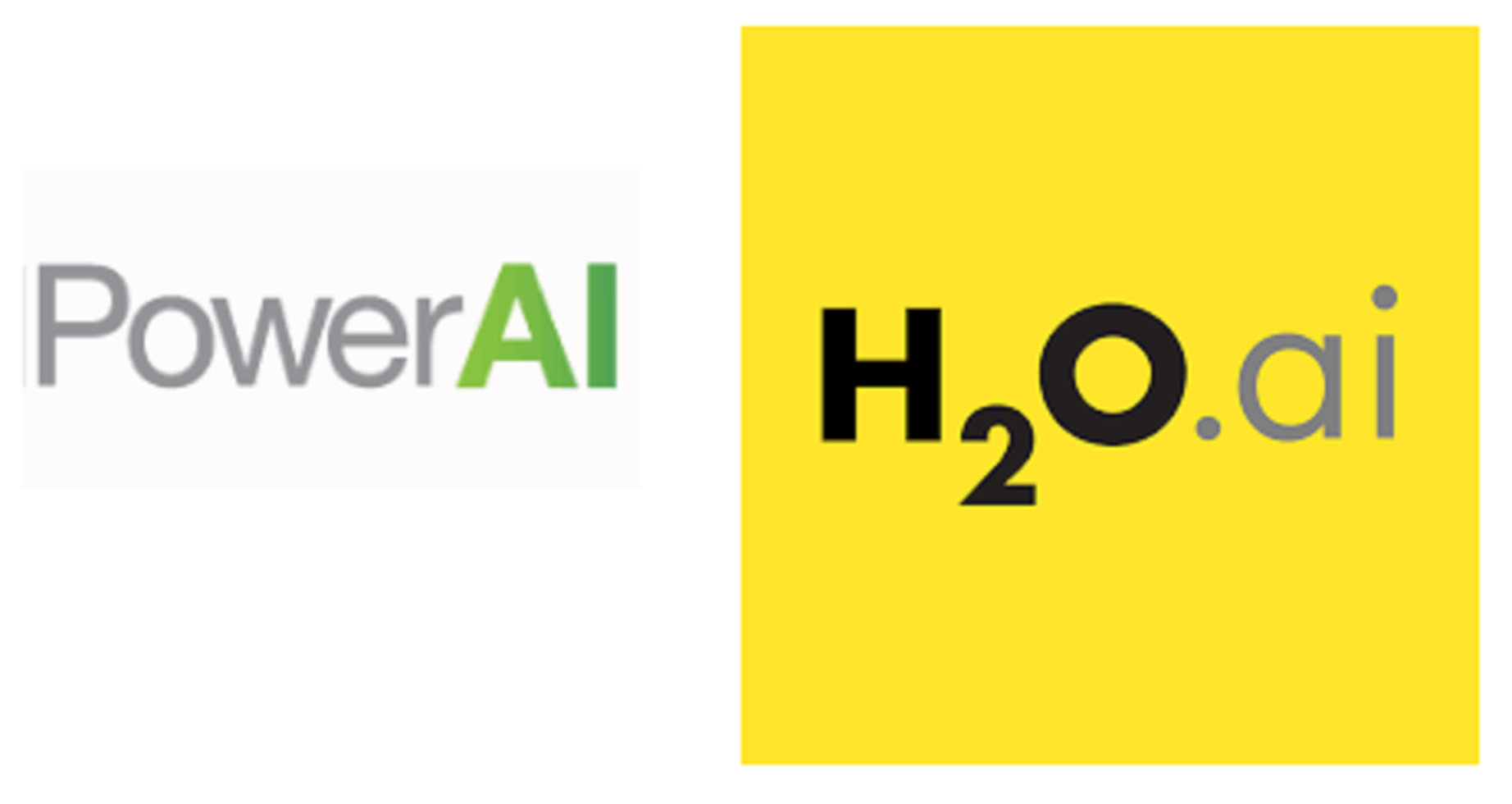Introduction:

In the fast-paced world of artificial intelligence and machine learning, having the right tools at your disposal can make all the difference.
H2O., a leading player in the field, offers a suite of powerful AI tools that empower data scientists and developers to harness the full potential of their data.
In this article, we will delve into the world of H2O tools, exploring their capabilities, benefits, and how they can drive innovation in driven applications.
Section 1: Understanding H2O.

H2O.ai is a company that specializes in and machine learning platforms.
They provide a range of open-source and commercial tools designed to simplify and accelerate the development of models.
These tools are known for their flexibility and scalability, making them suitable for both small-scale projects and enterprise-level applications.
Section 2: The Core H2O AI Tools

H2O-3 (H2O3):
H2O-3 is an open-source machine learning platform that offers a diverse set of algorithms for classification, regression, and clustering tasks.
It’s known for its ease of use and scalability, making it a popular choice among data scientists.
Driverless :
Driverless is an automated machine learning platform by H2O.
It simplifies and accelerates the machine learning workflow, making it accessible to a broader audience, including those without extensive data science expertise.
H2O Sparkling Water:
This tool seamlessly integrates H2O.machine learning capabilities with the Apache Spark ecosystem, enabling distributed and scalable machine learning on big data.
Section 3: Benefits of H2O Tools
Speed and Efficiency:
H2O tools are designed to streamline the machine learning process, reducing the time and effort required to develop and deploy models.
Scalability:
These tools can handle large datasets and are highly scalable, making them suitable for businesses of all sizes.
Interoperability:
H2O tools can be integrated with other popular data science and machine learning libraries, enhancing their versatility.
Section 4: Real-World Applications
H2O tools have found applications in various industries, including:. https://lovishweb.com/
Finance:
Predictive analytics for risk assessment and fraud detection.
Healthcare:
Disease prediction and personalized medicine.
E-commerce:
Recommender systems and customer behavior analysis.
Manufacturing:
Predictive maintenance and quality control.
Section 5: Getting Started with H2O Tools
For those looking to get started with H2O tools, the following steps are recommended:
Install and Set Up:
Begin by installing the desired H2O tool, following the installation instructions provided on their official website.
Tutorials and Documentation:
H2O.offers comprehensive tutorials and documentation to help users get acquainted with their tools and use them effectively.
Community and Support:
Join the H2O.community forums to ask questions, share experiences, and learn from others who are using these tools.
Experiment and Explore:
Start experimenting with your own datasets and models to see how H2O tools can benefit your specific use cases.
Section 1: Understanding H2O.
H2O.ai, founded in 2012, has emerged as a leader in the and machine learning industry.
Their primary mission is to democratize making it accessible to a wide range of users, from seasoned data scientists to business analysts.
What sets H2Oapart is its commitment to open-source software, which ensures that its tools are continually improved and widely adopted by the community.
Section 2: The Core H2O Tools
H2O-3 (H2O3):
H2O-3 is the flagship open-source platform of H2O.. It provides a user-friendly interface for building and deploying machine learning models.
Its extensive library of algorithms, including deep learning, gradient boosting, and generalized linear models, allows data scientists to choose the best approach for their specific problem.
H2O-3’s automatic hyperparameter tuning simplifies the model optimization process, saving valuable time and resources.
Driverless :
This tool is a game-changer for organizations seeking to adopt without extensive data science expertise.
Driverless automates many of the tedious and complex tasks involved in machine learning, from feature engineering to model selection and deployment.
It empowers business analysts and domain experts to leverage effectively, speeding up the time-to-insight and driving innovation across industries.
H2O Sparkling Water:
Combining H2O-3’s machine learning capabilities with the power of Apache Spark, H2O Sparkling Water addresses the growing demand for big data analytics.
It seamlessly integrates with Spark clusters, allowing data scientists to leverage distributed computing resources and process large datasets efficiently.
This tool is particularly valuable in scenarios where real-time or batch processing of vast amounts of data is required.
Section 3: Benefits of H2O Tools
Speed and Efficiency:
H2O Tools are built with efficiency in mind. Their automated features, such as hyperparameter tuning and feature engineering, reduce the time required to build accurate models.
This efficiency translates into faster decision-making and improved productivity.
Scalability:
Whether you’re working with a few gigabytes or petabytes of data, H2O Tools can scale to meet your needs.
This scalability is crucial for businesses that anticipate growth or need to handle increasing data volumes.
Interoperability:
H2O Tools are not isolated solutions. They integrate seamlessly with popular data science libraries like scikit-learn, TensorFlow, and PyTorch.
This interoperability allows data scientists to leverage the strengths of multiple tools and libraries within a single workflow.
Section 4: Real-World Applications
H2O Tools have made significant contributions to various industries:
Finance:
Banks and financial institutions use these tools for credit risk assessment, fraud detection, algorithmic trading, and personalized financial recommendations.
Healthcare:
In healthcare, H2O Tools are employed for predicting patient outcomes, disease diagnosis, optimizing treatment plans, and drug discovery.
E-commerce:
Online retailers harness the power of these tools for customer segmentation, demand forecasting, recommendation systems, and pricing optimization.
Manufacturing:
Manufacturers rely on H2O Tools for predictive maintenance of machinery, quality control, and supply chain optimization.
Section 5: Getting Started with H2O Tools
Getting started with H2O AI Tools is a straightforward process:
Install and Set Up:
Visit the H2O.website and follow the installation instructions for the specific tool you wish to use. They offer clear documentation to guide you through the setup.
Tutorials and Documentation:
H2O.provides comprehensive tutorials and documentation. These resources cover everything from basic concepts to advanced techniques, making it easy to learn and apply the tools.
Community and Support:
Join the H2O. community forums, where you can interact with fellow users, ask questions, and share your experiences.
The community is a valuable resource for troubleshooting and gaining insights.
Experiment and Explore:
Start with small projects to familiarize yourself with the tools. As you gain confidence, you can take on more complex challenges and explore the full potential of H2O AI Tools.
Section 6: Advanced Features of H2O Tools
H2O ATools offer advanced features that cater to the needs of experienced data scientists and organizations looking for cutting-edge capabilities:
AutoML Capabilities:
H2O.ai’s AutoML, available in H2O-3 and Driverless automates the end-to-end machine learning process.
It not only builds models but also selects the best-performing one, performs feature engineering, and optimizes hyperparameters. This feature reduces the time and effort required to achieve top-notch results.
Explainability and Model Interpretability:
As becomes more integrated into decision-making processes, understanding why a model makes certain predictions is crucial.
H2O.places a strong emphasis on model interpretability, offering tools to explain model predictions and comply with regulatory requirements, especially in industries like finance and healthcare.
GPU Support:
Many machine learning tasks benefit significantly from GPU acceleration.
H2O Tools leverage GPU resources to speed up training times, making complex deep learning models more accessible and efficient.
Section 7: H2O.Use Cases and Success Stories
To gain a deeper appreciation for how H2O Tools are making a difference in real-world scenarios, let’s explore some notable use cases and success stories:
Kaggle Competitions:
H2O.has been a favorite choice among Kaggle competition participants.
Data scientists have used H2O-3 to win various competitions, demonstrating its effectiveness in handling complex predictive modeling challenges.
Predictive Maintenance:
In industries like manufacturing and utilities, H2O Tools have been instrumental in predicting equipment failures and optimizing maintenance schedules.
This results in cost savings and increased operational efficiency.
Healthcare Breakthroughs:
Researchers have utilized H2O Tools to analyze medical data and develop predictive models for disease diagnosis and treatment planning.
These tools are contributing to advancements in personalized medicine.
Customer Engagement:
E-commerce and retail companies use H2O Tools to personalize customer experiences.
Recommendation engines powered by H2O-3 help increase customer engagement and drive sales.
Section 8: The Future of with H2O.ai
As continues to evolve, H2O. remains at the forefront of innovation. Some key trends and developments to watch for in the future include:
Federated Learning:
H2O. is actively exploring federated learning, a privacy-preserving approach that allows models to be trained across distributed data sources without sharing sensitive information.
This technology is becoming increasingly important as data privacy concerns grow.
AI Explainability:
As systems are used in high-stakes decision-making, the demand for transparent and explainable models will continue to rise.
H2O.is expected to enhance its model interpretability features to meet this demand.
Integration with Cloud Services:
H2O.is likely to forge deeper partnerships with cloud providers, making it easier for organizations to deploy models at scale in the cloud.
for Edge Devices:
With the proliferation of IoT devices, there is a growing need for at the edge. H2O Tools may expand their capabilities to support deployment on resource-constrained devices.
Conclusion:
H2O Tools have come a long way since their inception, and they are poised to play a crucial role in the future of
With advanced features, a wide range of use cases, and a commitment to innovation, H2O.empowers organizations to harness the full potential of artificial intelligence.
As continues to shape industries and transform decision-making processes, H2O.remains a reliable and innovative partner in the journey towards intelligent automation and data-driven insights.
If you have specific questions about any of the advanced features, use cases, or future developments mentioned, or if you’d like to explore another aspect of H2O Tools in more detail,
please feel free to let me know.In the ever-evolving field of and machine learning, H2O Tools stand out as versatile, accessible, and powerful resources. Whether you’re a data scientist aiming to optimize your workflow or a business leader
seeking driven insights, H2O Tools offer the capabilities needed to excel in the world of artificial intelligence.
By integrating these tools into your projects, you can unlock new opportunities, enhance decision-making, and drive innovation across various industries.
